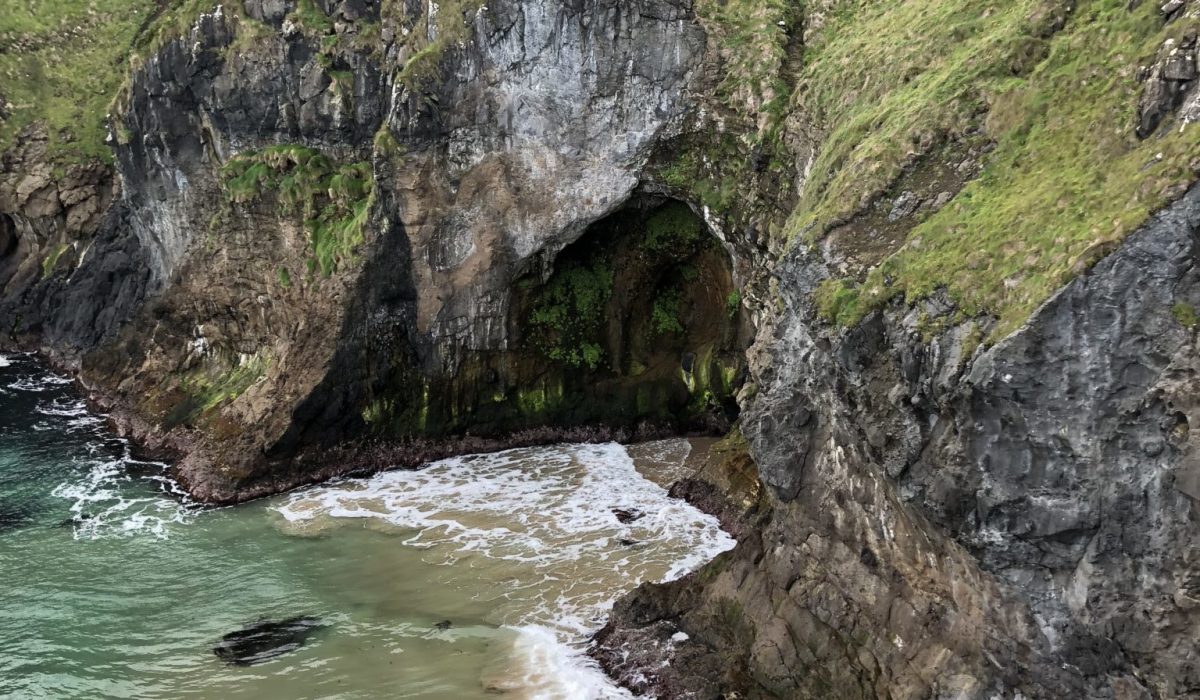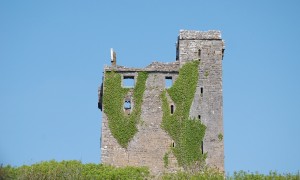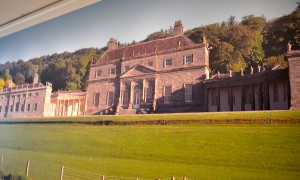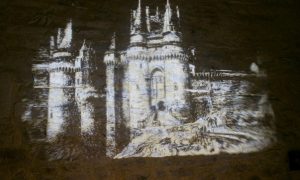Riding along the Wild Atlantic Way of the Northern part of Ireland is just that…….WILD. Like Really wild at times. Wonderful. Gorgeous. Yes, sometimes the coast is sunny with glorious blue sky. Other times the gray sky hangs low, pregnant with clouds. The blustery wind can make it impossible to stand on the lonely cliffs.

This part of the world is glorious. As you can see from these pictures, the cliffs and the water are unparalleled in beauty. I traveled here in September on a photography tour, and believe me, the ten of us on the tour quickly became addicted to trying to capture scenes like these.


A thrilling highlight was walking along the cliffs to a rope bridge at Carrick-A Rede-Rope Bridge near Ballinboy. We made our way over it the bridge 66 feet above the jagged rocks down the ravine. Some of us more were nervous than others. The views were spectacular and well worth the knee shaking.
I liked the small harbors where we saw all kinds of fishing boats. This puddle on a dock caught my eye with the reflection of the clouds.
Some times the views were vast but gentle. Not crashy bangy like the cliffs, but more serene. It was refreshing not to see billboards or fast food restaurants. Instead, the landscape in the northern part of Ireland is dotted with sheep, rock fences and old buildings.
Sometimes we stopped at pubs with murals painted on the outside depicting the energetic Irish music enjoyed inside.
An interesting stop along the way farther inland was Creevykeel Court Tomb near Sligo. The remains of a stone fort and burial gallery are believed to go back to 4000-2500 BCE.
According to Wikkipedia, ” Court tombs are rectangular burial chambers. They are distinguished by their roofless, oval forecourt at the entrance. Large slabs of rock were used to make the walls and roof of the very basic burial chamber, normally located at one end of the cairn.
They usually had two functions: the chamber to serve as a tomb, and the courtyard to accommodate a ritual. Objects were often buried with the deceased, as the first neolithic people of this time believed in life after death.”
Nearby we spotted trees curiously tied with bits of fabric. We learned that this is a pagan tradition. People take a piece of a person’s garment at the spot where they need a healing. For example, if you need to heal a knee, you take a piece of fabric from pants at the knee and tie it onto the bush at this sacred spot with a Fairie tree.
Hmmmm. Apparently it must work. We saw a dozen trees with hundreds of snippets of fabric tied on it. Our guide said people observe both Catholic and pagan traditions. Hedging their bets, I assume.
I personally loved popping in to see the little churches. This window with reflections particularly caught my attention. As did this formation of moss in a cemetery. Soooo green.
The tour was organized by Strabo Tours.




















